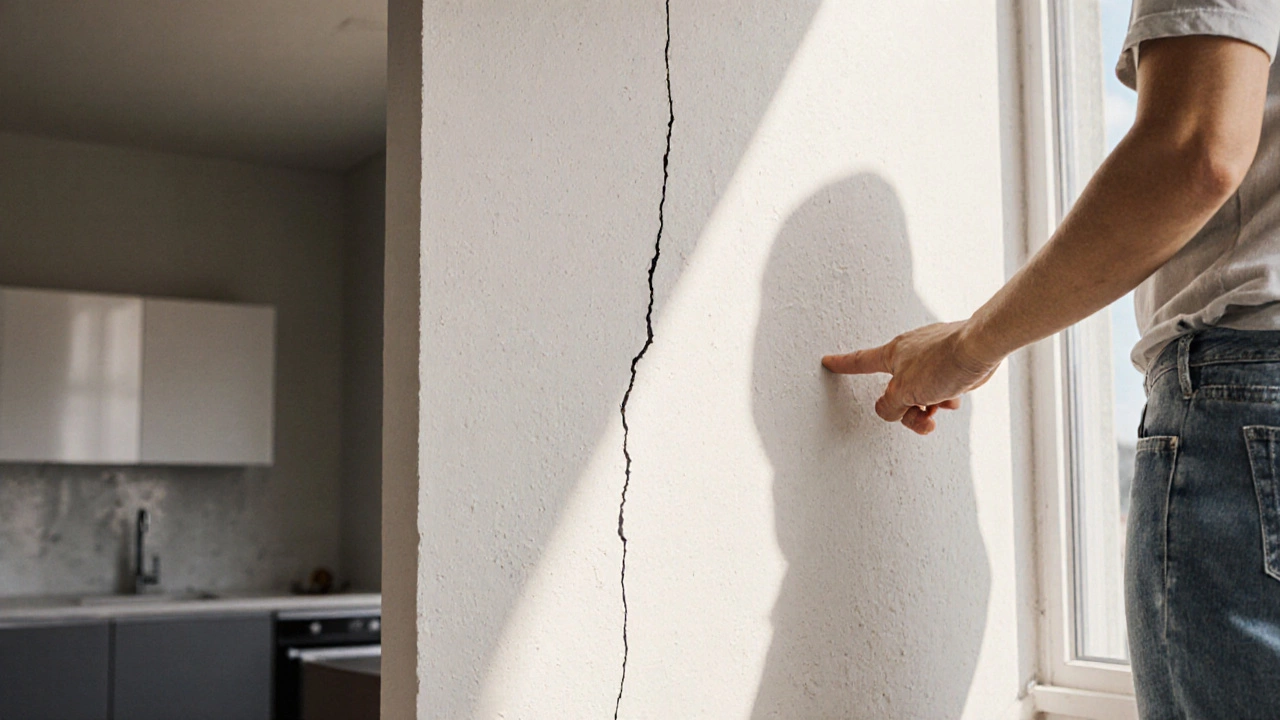Prevent Cracks – How to Keep Your Home Solid
When talking about prevent cracks, the practice of stopping or minimizing cracks in foundations, walls, and other structural elements. Also known as crack prevention, it helps maintain a building’s health and value.
One of the biggest triggers is foundation cracks. These openings show up when soil shifts, moisture levels change, or the concrete settles unevenly. If you catch a hairline split early, you can often stop it from growing into a structural problem. Prevent cracks therefore requires a good understanding of crack repair techniques – from epoxy injection to carbon fiber stitching – and when to call a professional.
Key Strategies to Prevent Cracks
First, manage the factors that lead to movement. Proper drainage, consistent moisture control, and soil stabilization keep the ground from expanding or contracting dramatically. Second, use the right building materials. High‑strength cement mixes, reinforced concrete, and flexible sealing compounds all boost structural integrity. When the structure itself is resilient, the chances of new cracks forming drop sharply.
Third, regular inspections are a cheap insurance policy. Walk around the perimeter each season, look for vertical, horizontal or diagonal cracks, and measure their width. A crack under 0.3 mm often stays cosmetic, but anything larger may signal a load‑bearing issue. Finally, act fast. Applying a suitable filler or sealant within weeks stops water infiltration, which is a leading cause of crack widening.
The articles below dive deeper into each of these points. You’ll find a seasonal guide for foundation repair, a cost breakdown for horizontal crack fixes, and real‑world tips on choosing the best cement for repairs. Whether you’re a DIY homeowner or planning a large renovation, the collection gives you practical steps to keep cracks at bay and protect your property’s long‑term value.

